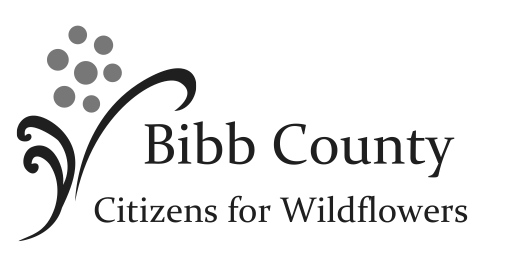Alabama's roadsides often burst with vibrant colors, showcasing the beauty of the state's diverse wildflowers. While some might see them as simply pretty faces, these native plants are actually hard-working contributors to a healthy ecosystem. Choosing the right wildflowers for roadside planting not only enhances the visual appeal of our travels but also provides significant ecological benefits.
The Benefits of Native Plants
Why are native plants so important? For starters, they've adapted to Alabama's specific climate and soil conditions, requiring less maintenance and watering than non-native species . This hardiness makes them ideal for roadside environments, which experience fluctuating temperatures, exhaust fumes, and occasional mowing.
Beyond their resilience, native wildflowers offer a crucial lifeline to local wildlife. They provide vital food sources and habitats for pollinators like bees, butterflies, and hummingbirds . Supporting these creatures ensures the pollination of crops and the continued health of Alabama's ecosystems.
Showstopping Wildflowers for Alabama Roadsides
Now, let's dive into some specific wildflowers that thrive along Alabama roadsides, adding splashes of color and ecological benefits to your daily commute.
- Oak-leaf Hydrangea (Hydrangea quercifolia): This stunning shrub, Alabama's state wildflower, boasts showy clusters of white flowers and distinctive oak-leaf-shaped foliage . Blooming from late spring into summer, it thrives in woodland settings, bringing a touch of elegance to shaded roadsides.
- Purple Coneflower (Echinacea purpurea): Known for its large, daisy-like purple flowers with prominent orange-brown centers, the Purple Coneflower is a pollinator magnet . Its drought tolerance and ability to thrive in full sun make it perfect for sunny roadside locations.
- Black-eyed Susan (Rudbeckia hirta): A cheerful sight with its bright yellow petals and dark brown centers, the Black-eyed Susan brings a burst of sunshine to roadsides from summer to fall . This easy-to-grow wildflower tolerates a variety of soil types and attracts a diverse range of pollinators.
- Butterfly Weed (Asclepias tuberosa): As its name suggests, Butterfly Weed is a butterfly haven. Its clusters of vibrant orange flowers add a fiery touch to roadsides from late spring to early fall . Importantly, it serves as a crucial host plant for Monarch butterfly caterpillars.
- Ironweed (Vernonia spp.): With their tall, stately stems and clusters of vibrant purple flowers, Ironweeds add a touch of drama to late summer and fall roadsides . These resilient wildflowers tolerate a variety of soil conditions and are a favorite nectar source for bees and butterflies.
Creating a Wildflower Roadside Oasis
When planting wildflowers along roadsides, it's important to choose species suited to the specific location. Consider the amount of sunlight, soil type, and moisture levels. It's best to plant wildflowers in groups to create a more impactful display and attract more pollinators.
Remember to avoid disturbing existing native vegetation. Instead, focus on filling in bare areas or areas overtaken by invasive species. With a little planning and effort, we can transform Alabama's roadsides into beautiful and ecologically valuable corridors that benefit both wildlife and those who travel them.
